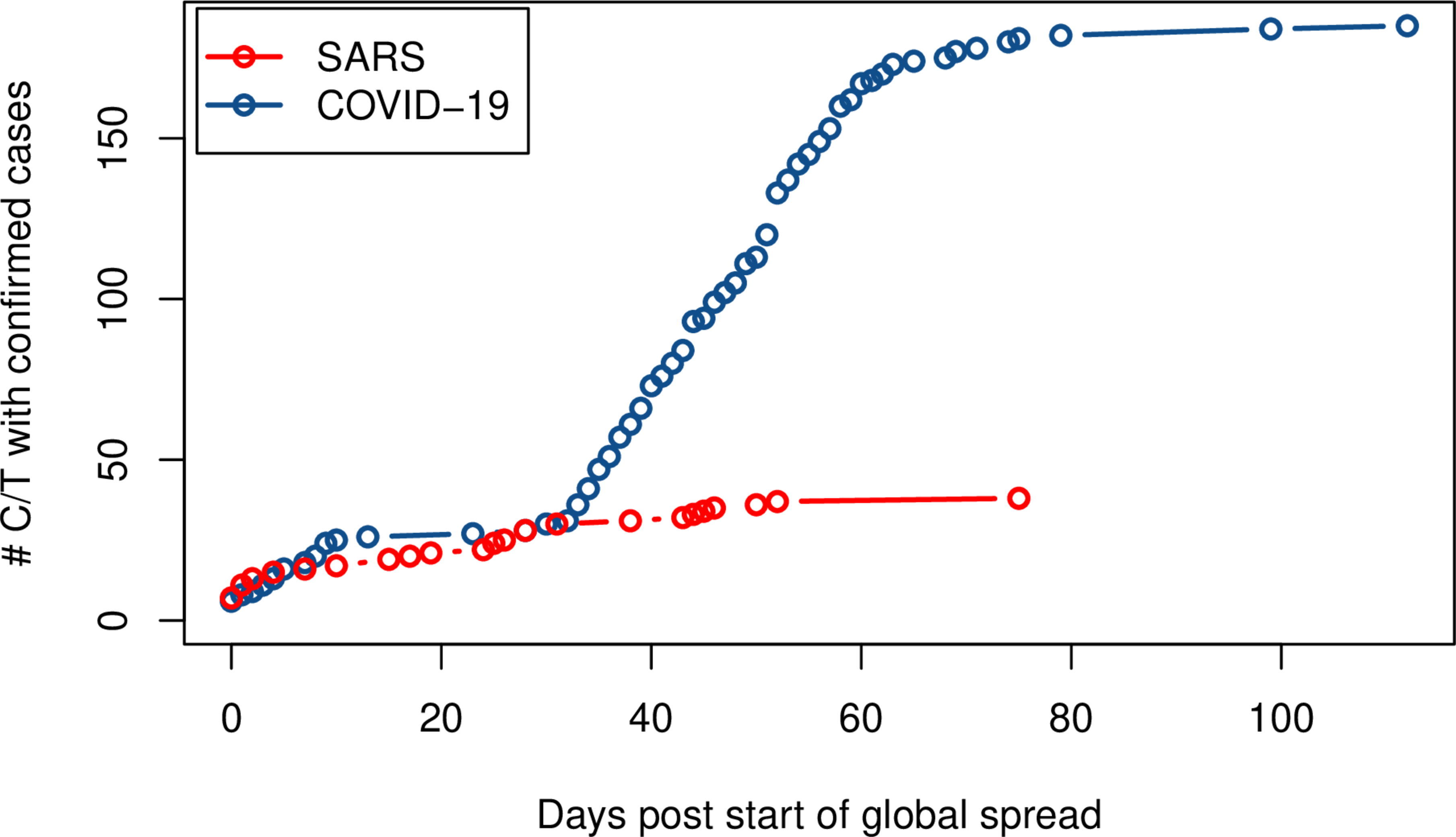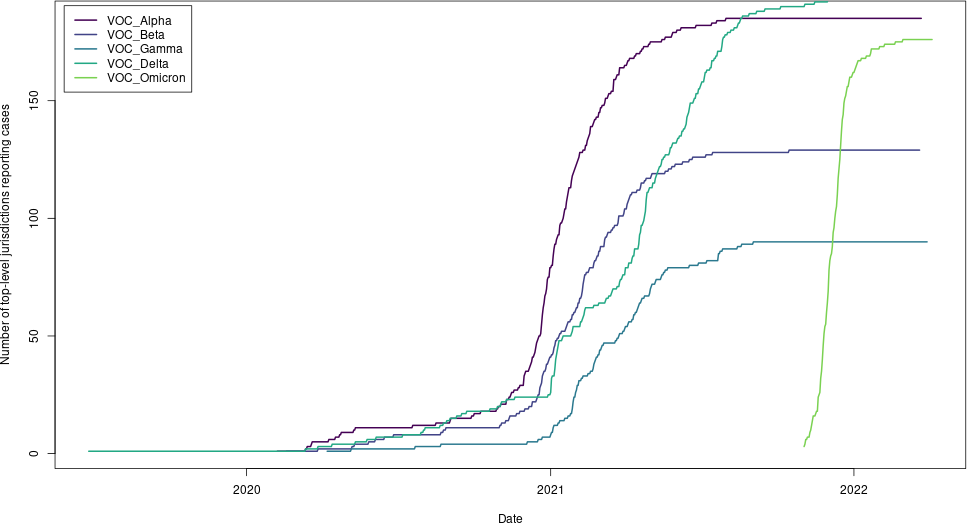3MC Course on Epidemiological Modelling
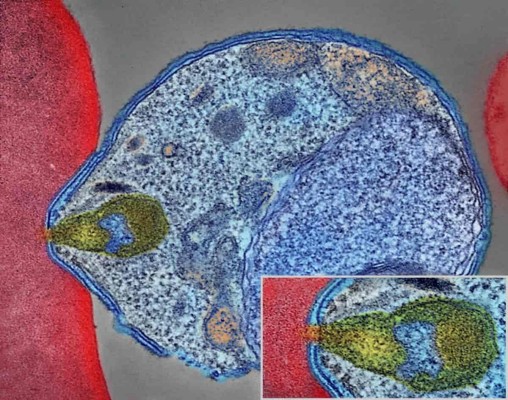
Course material (slides and code).
View the Project on GitHub julien-arino/3MC-course-epidemiological-modelling
Epidemics spreading among groups. Epidemics spreading in space and time
5 April 2022
Department of Mathematics & Data Science Nexus University of Manitoba*
Canadian Centre for Disease Modelling Canadian COVID-19 Mathematical Modelling Task Force NSERC-PHAC EID Modelling Consortium (CANMOD, MfPH, OMNI/RÉUNIS)
Outline
- Heterogeneity of spread within a location
- Mobility and the spread of infectious diseases
- Waves of COVID-19
Heterogeneity of spread within a location
- Age structure
- Social structure
- Pathogen heterogeneity
Age structure
Many diseases have different burdens in different age groups
- Childhood disease conferring lifelong immunity: measles, mumps, etc.
- Diseases in which immunity is acquired through repeated exposition: malaria
- Disease for which repeated contacts are important: kids playing together, adults meeting mostly other adults, adults with kids getting sick from them (WAIFW - who acquires infection from whom)
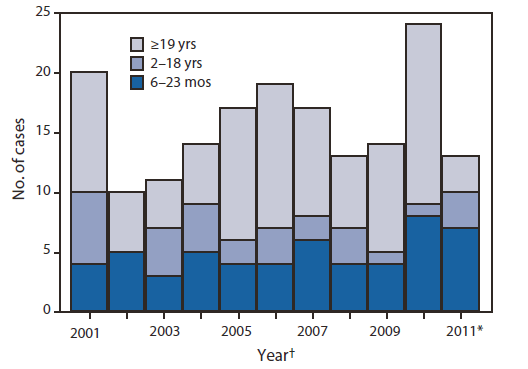
Measles cases among travellers returning to the US
![Max Roser and Hannah Ritchie (2019) - 'Malaria'. Published online at OurWorldInData.org. Retrieved from: 'https://ourworldindata.org/malaria' [Online Resource] bg contain](https://raw.githubusercontent.com/julien-arino/3MC-course-epidemiological-modelling/main/FIGS/malaria-deaths-by-age.png)
Population contact patterns in the United States during the COVID-19 pandemic
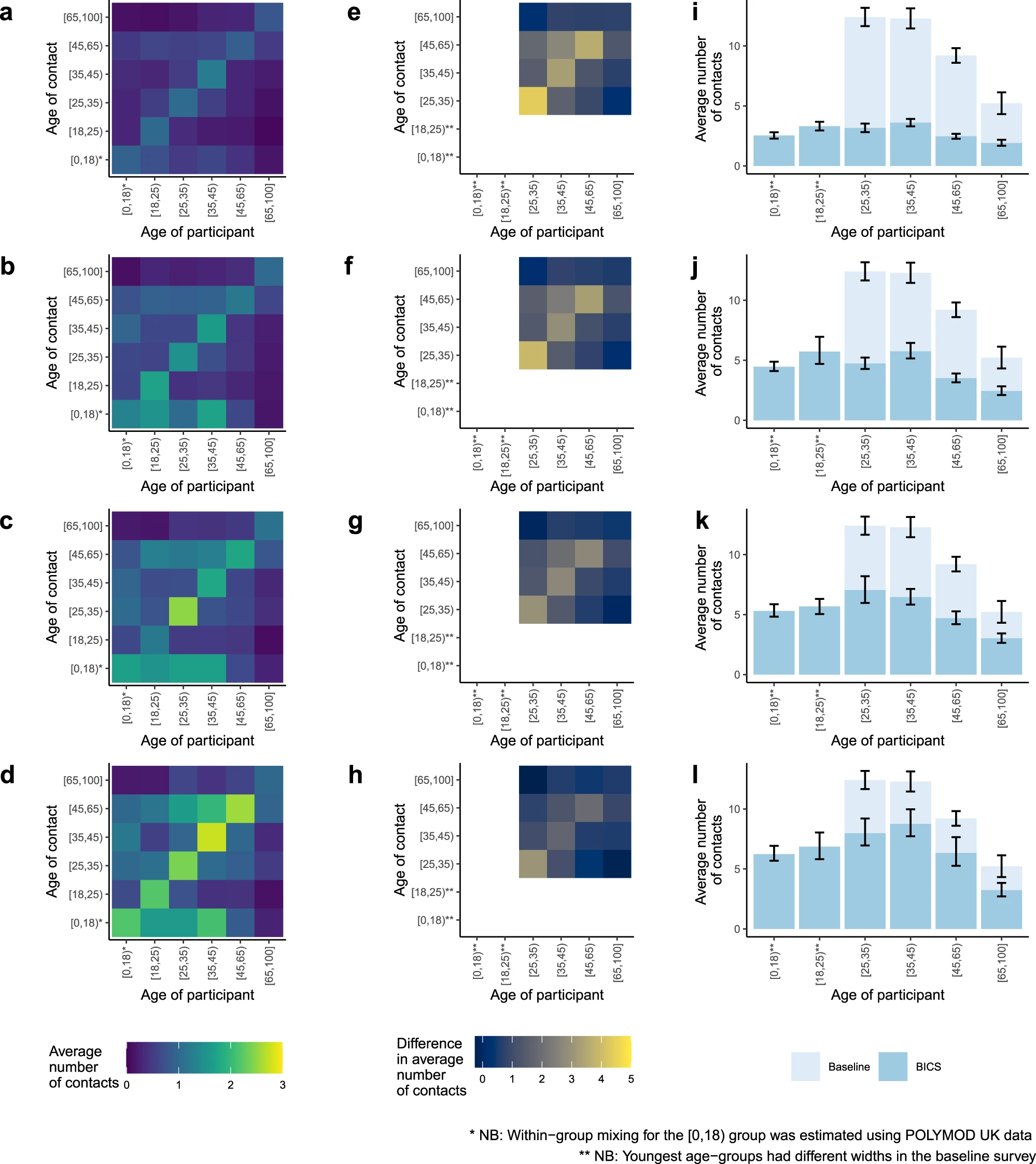
Social structure
Social structure also plays a very important role
- Age is determinant of social structure and thus contacts:
- School
- Work
- Social events
- In countries with large immigration: newcomers versus more established population, e.g., TB
- Risk groups: drug users (HIV)
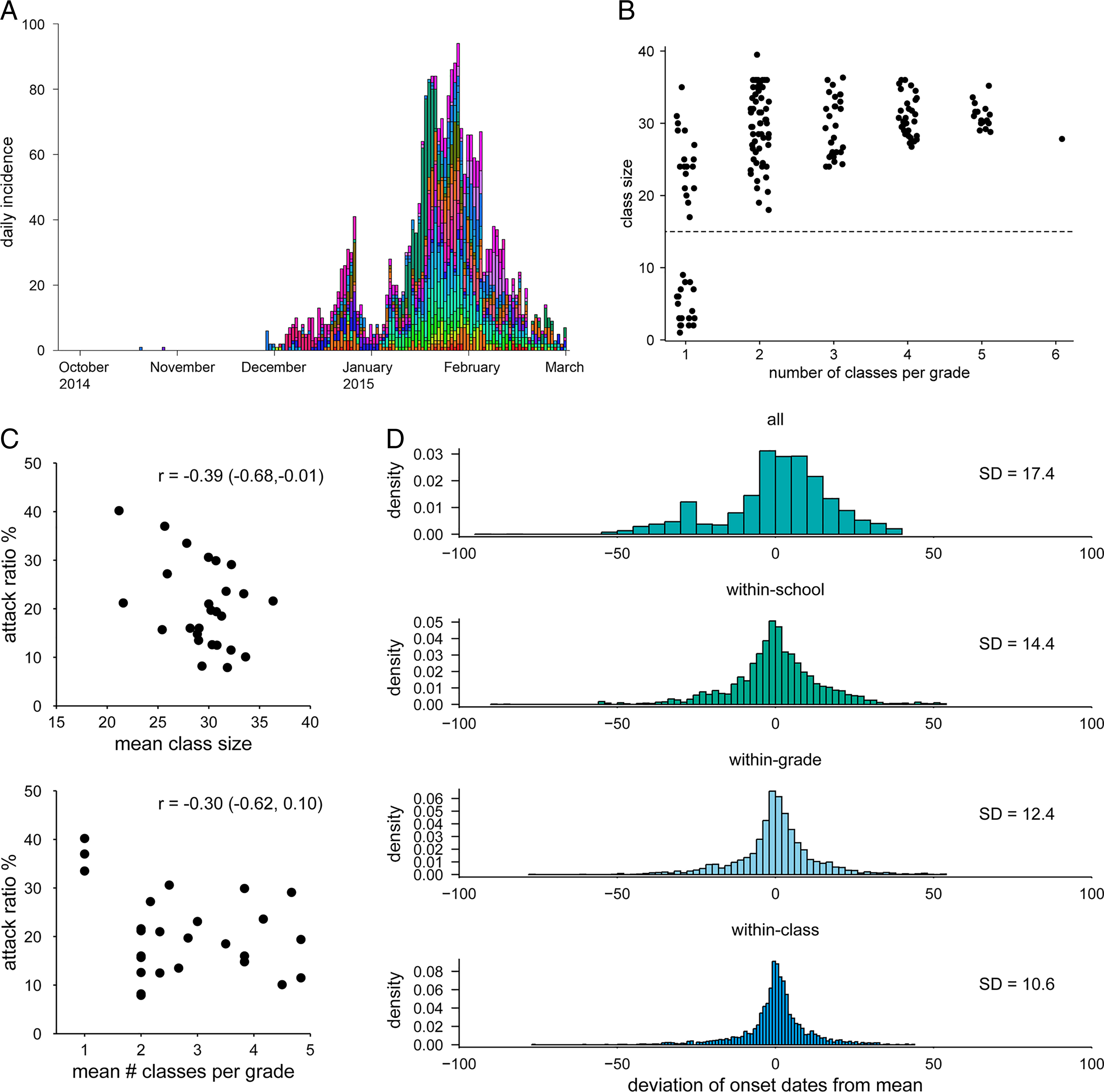
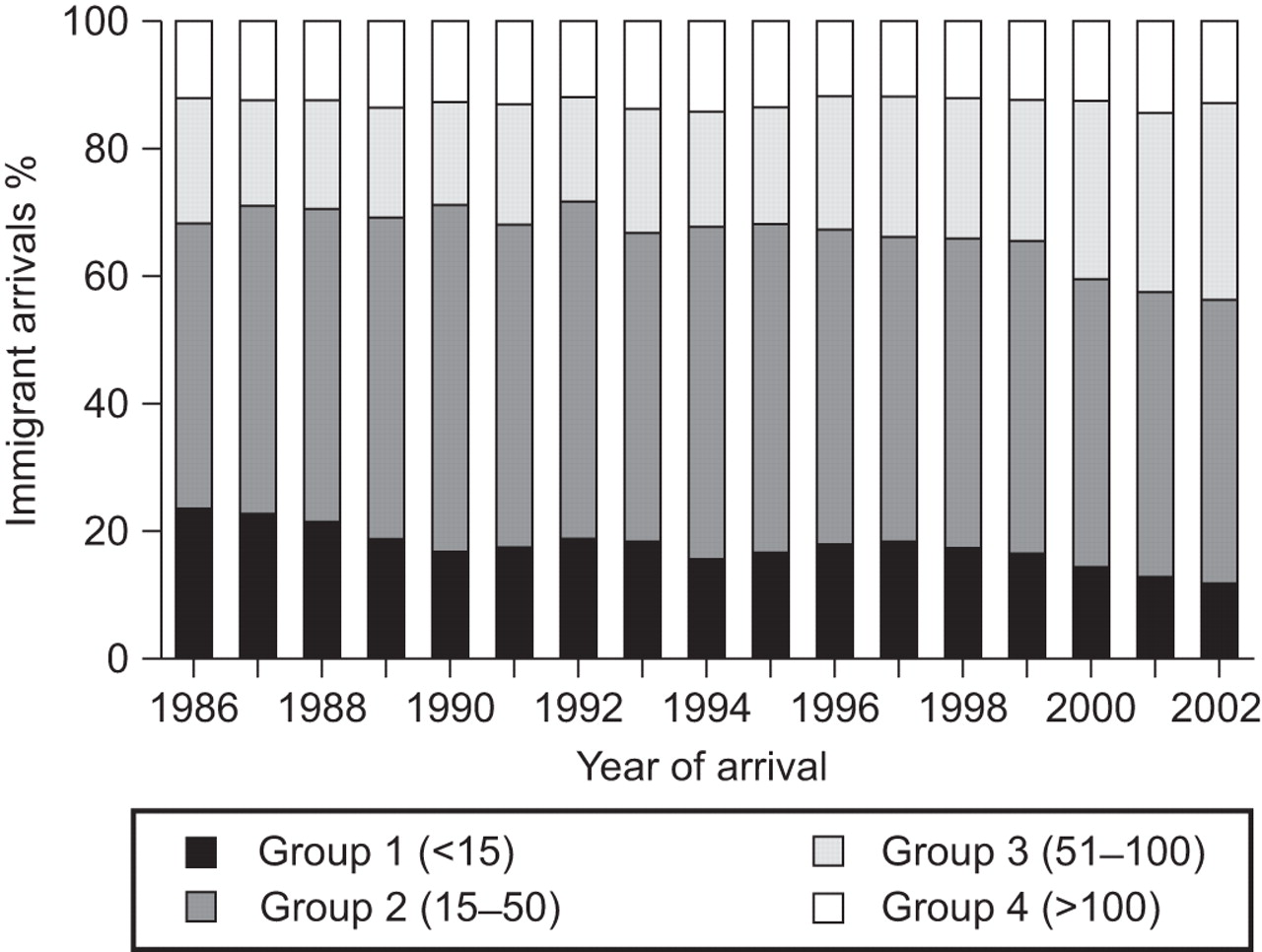
Arrivals to CAN from country groups with incidence per 100K ..
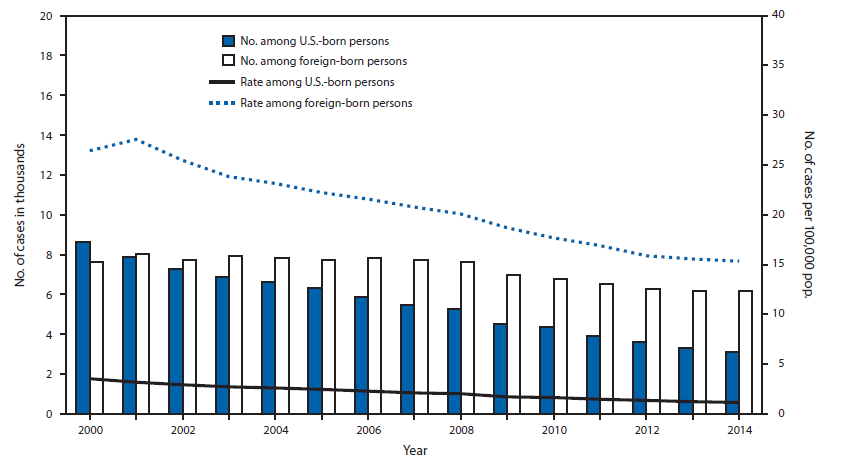
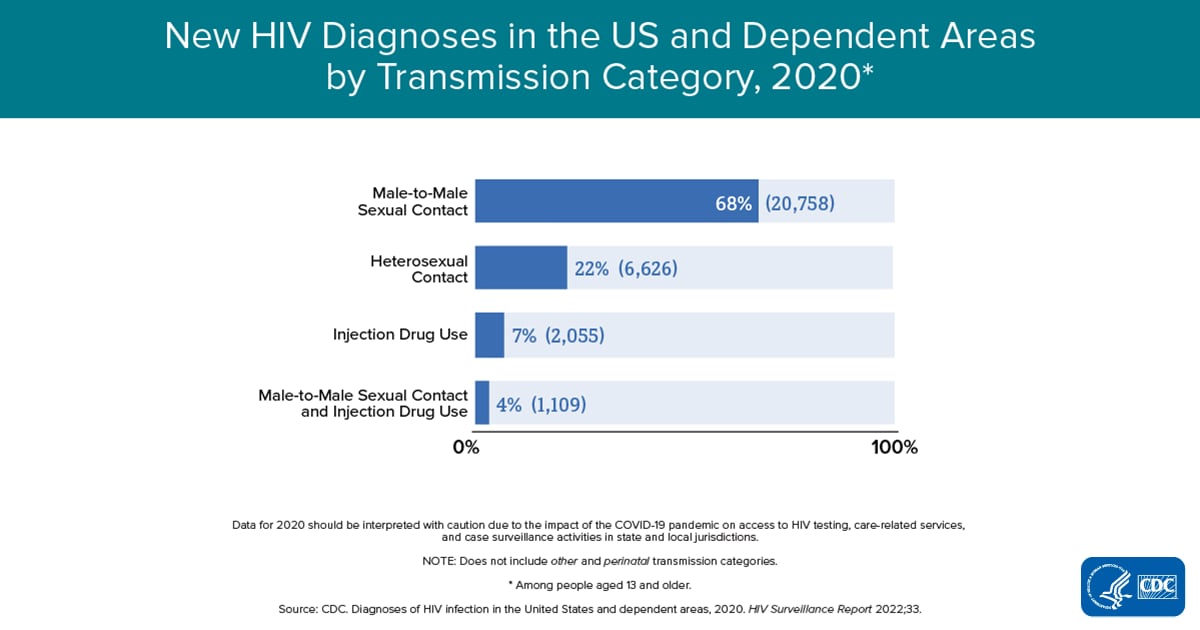
Pathogen heterogeneity
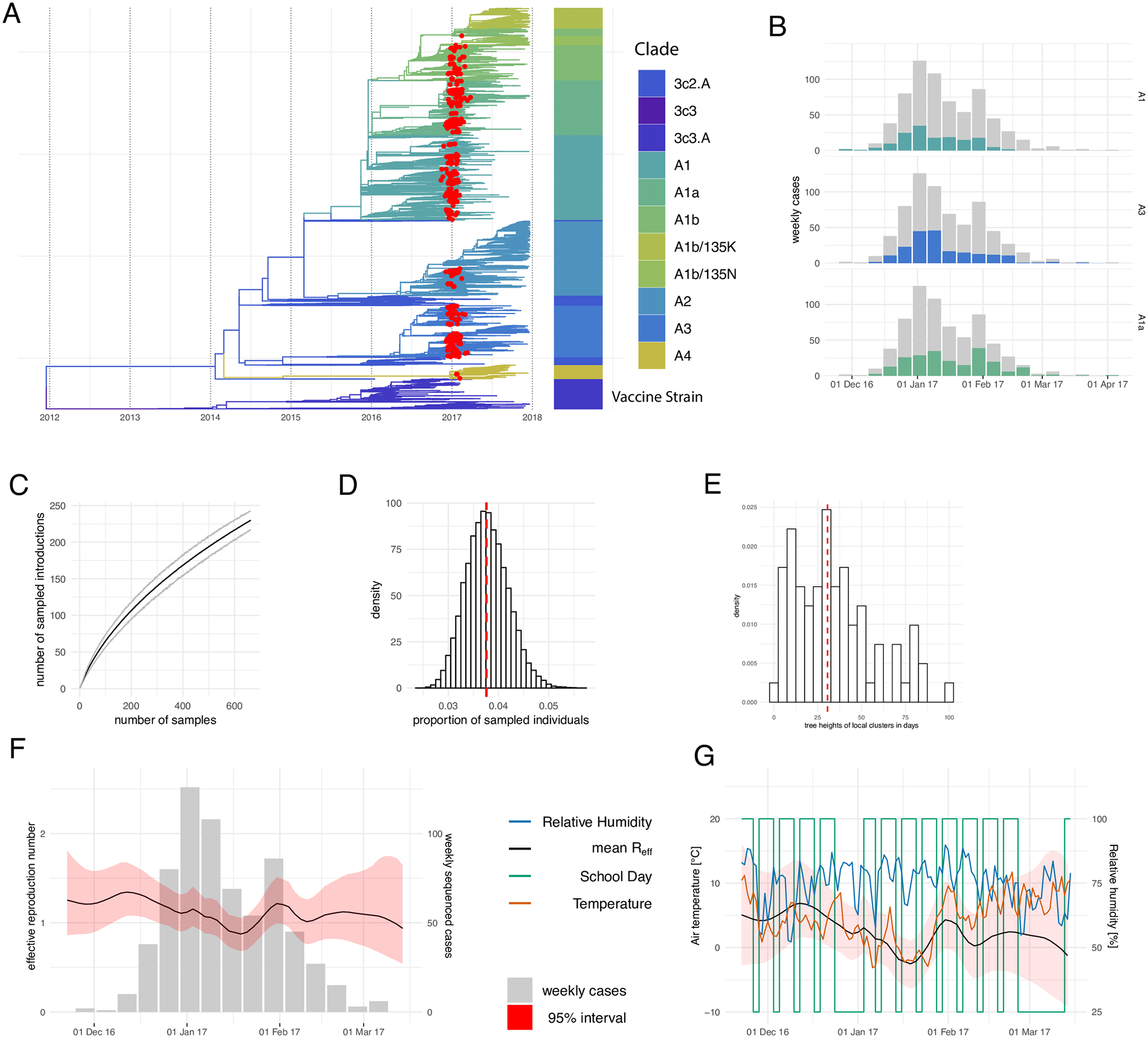
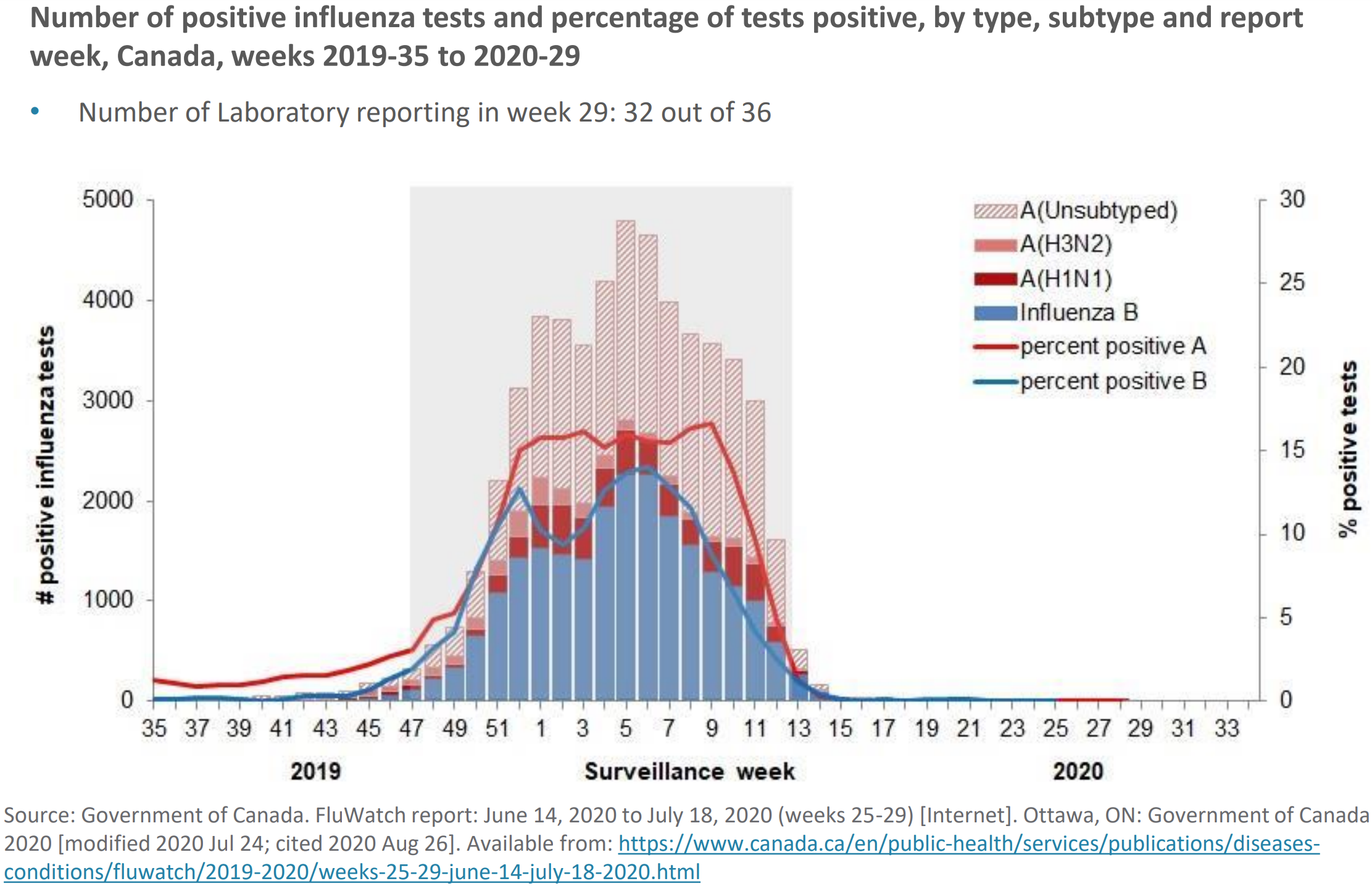
Mobility and the spread of infectious diseases
Pathogens have been mobile for a while
It first began, it is said, in the parts of Ethiopia above Egypt, and thence descended into Egypt and Libya and into most of the King’s country [Persia]. Suddenly falling upon Athens, it first attacked the population in Piraeus—which was the occasion of their saying that the Peloponnesians had poisoned the reservoirs, there being as yet no wells there—and afterwards appeared in the upper city, when the deaths became much more frequent.
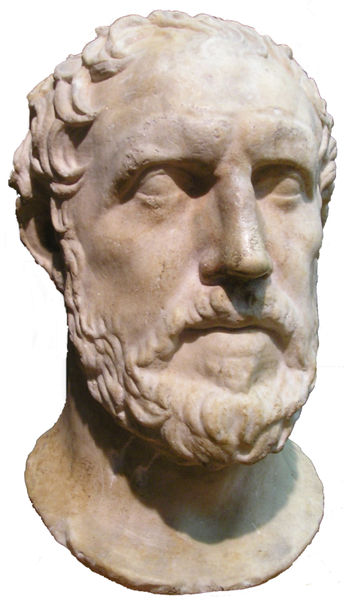
Mobility is complicated and drives disease spatialisation
Mobility is complicated:
- Multiple modalities: foot, bicycle, personal vehicle, bus, train, boat, airplane
- Various durations: trip to the corner shop $\neq$ commuting $\neq$ multi-day trip for work or leisure $\neq$ relocation, immigration or refuge seeking
- Volumes are hard to fathom
And yet mobility drives spatio-temporal spread:
- Black Death 1347-1353 arrived in Europe and spread following trade routes
- SARS-CoV-1 spread out of HKG along the GATN
- Khan, Arino, Hu et al, Spread of a novel influenza A (H1N1) virus via global airline transportation, New England Journal of Medicine (2009)
</div>
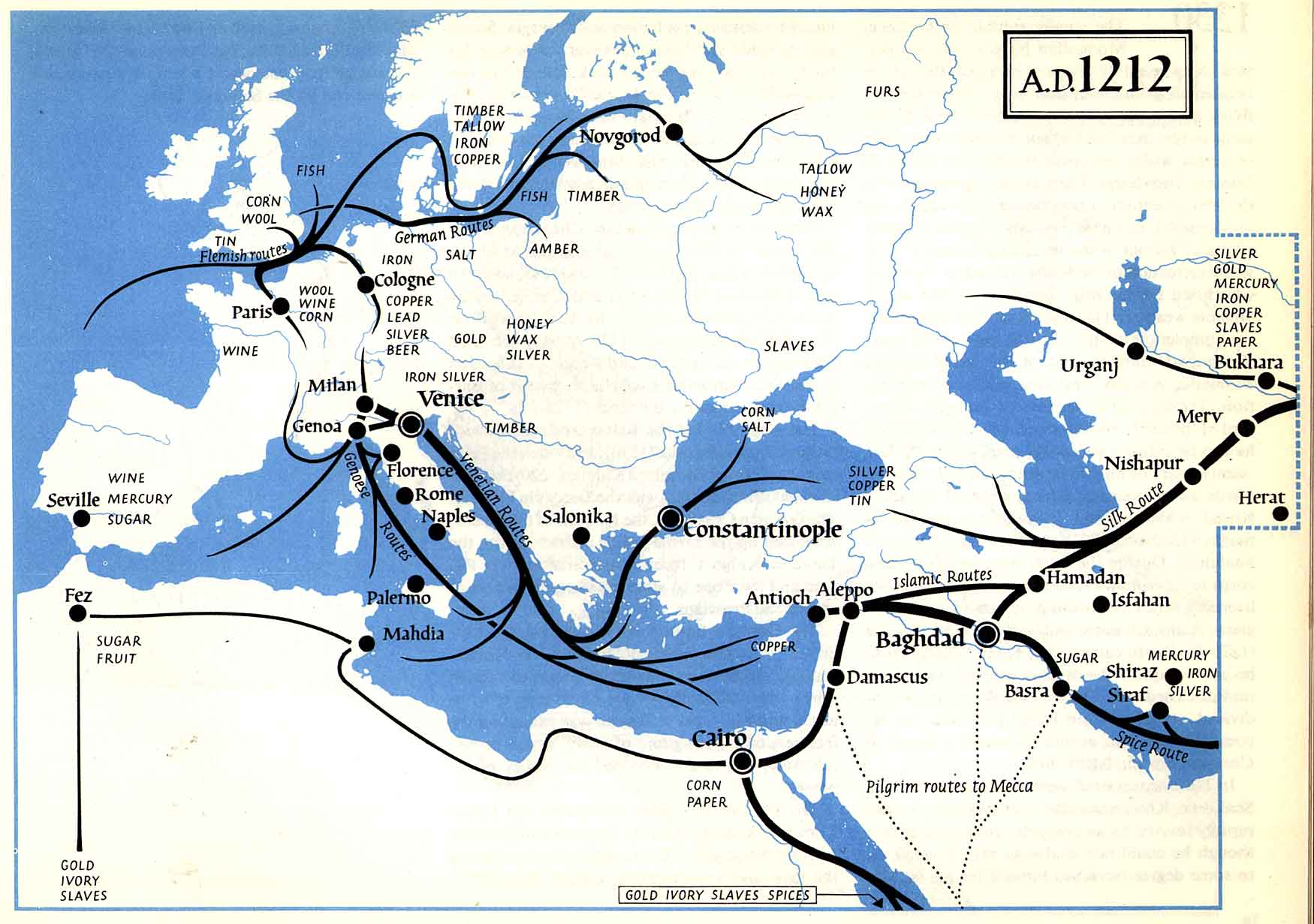
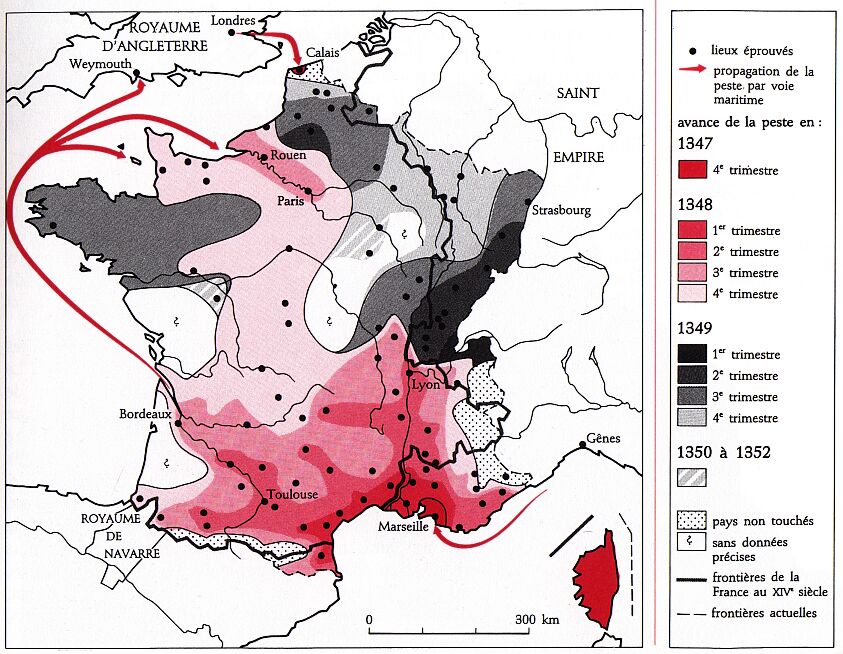

The Black Death: quick facts
- First of the middle ages plagues to hit Europe
- Affected Afro-Eurasia from 1346 to 1353
- Europe 1347-1351
- Killed 75–200M in Eurasia & North Africa
- Killed 30-60% of European population

Plague control measures
- Lazzarettos of Dubrovnik 1377 (30 days)
- Quarantena of Venice 1448 (40 days)
- Isolation of known or suspected cases as well as persons who had been in contact with them, at first for 14 days and gradually increased to 40 days
- Improvement of sanitation: development of pure water supplies, garbage and sewage disposal, food inspection
- .. Find and kill a snake, chop it into pieces and rub the various parts over swollen buboes. (Snake, synonymous with Satan, was thought to draw the disease out of the body as evil would be drawn to evil)

Pathogen spread has evolved with mobility
-
Pathogens travel along trade routes
-
In ancient times, trade routes were relatively easy to comprehend
-
With acceleration and globalization of mobility, things change
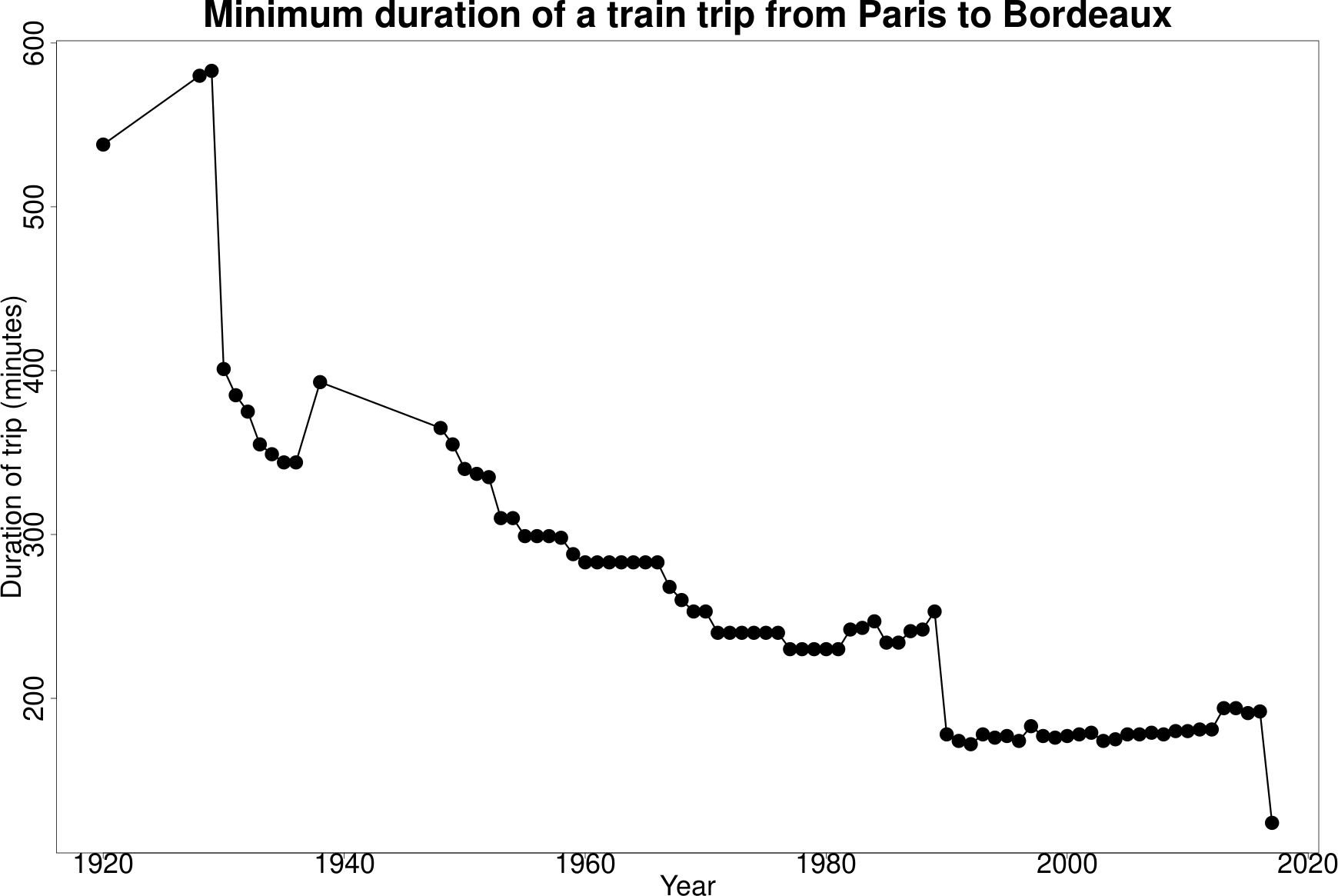

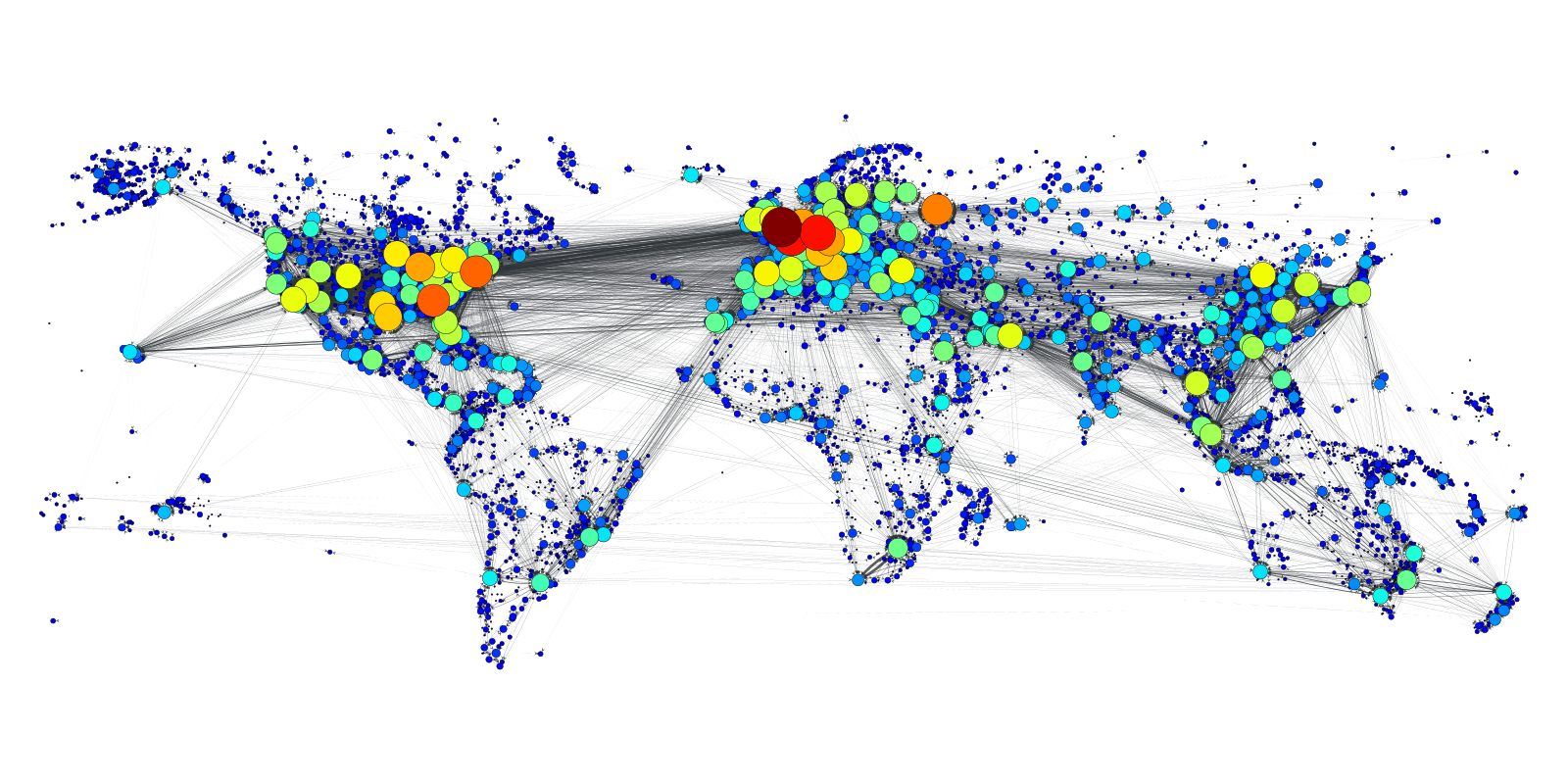

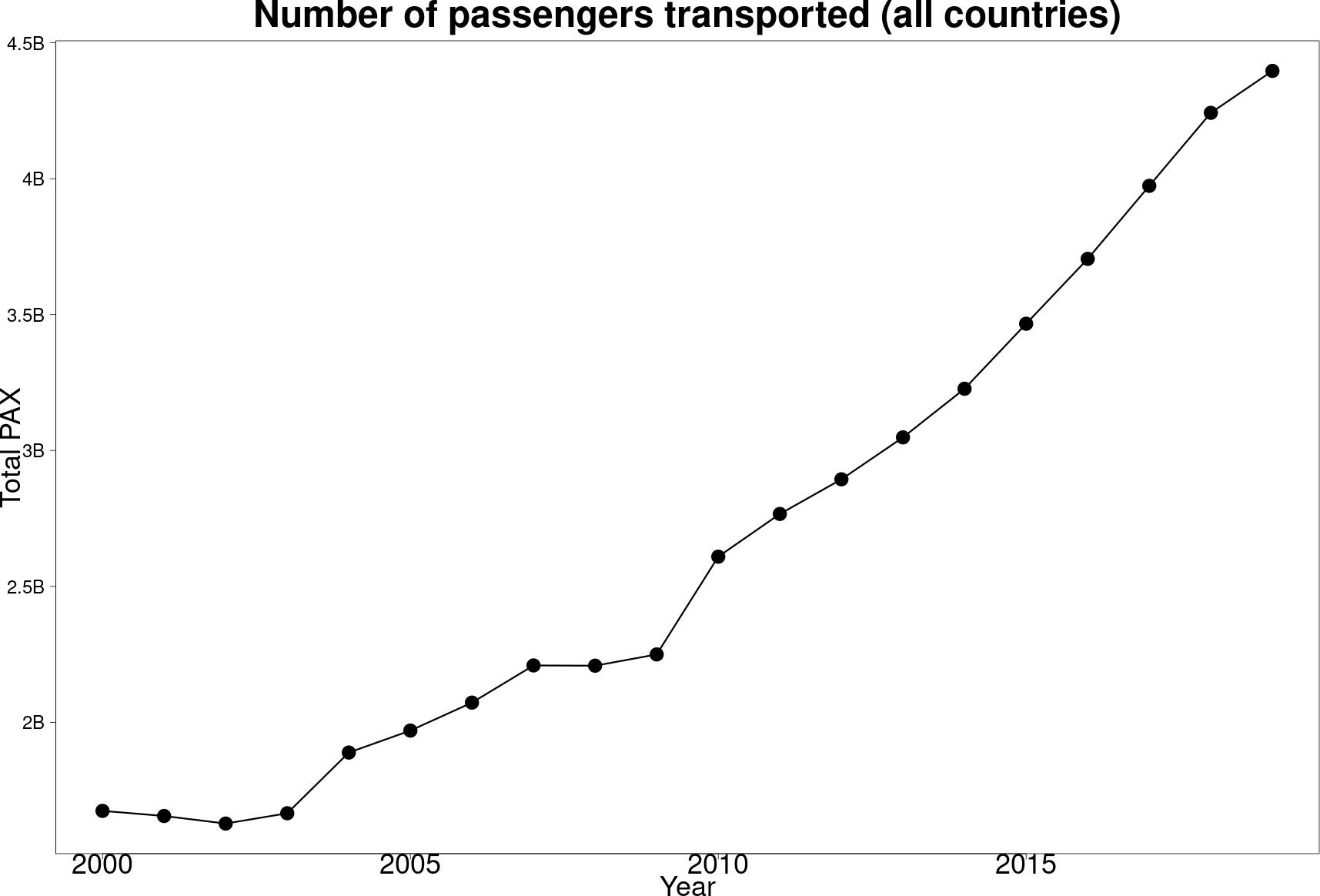
Fragmented jurisdictional landscape
- Political divisions (jurisdictions): nation groups (e.g., EU), nations, provinces/states, regions, counties, cities..
- Travel between jurisdictions can be complicated or impossible
- Data is integrated at the jurisdicional level
- Policy is decided at the jurisdictional level
- Long range mobility is a bottom $\to$ top $\to$ top $\to$ bottom process

Why mobility is important in the context of health
All migrants/travellers carry with them their "health history"
- latent and/or active infections (TB, H1N1, polio)
- immunizations (schedules vary by country)
- health/nutrition practices (KJv)
- treatment methods (antivirals)
Pathogens ignore borders and politics
- antiviral treatment policies for Canada and USA
- SARS-CoV-2 anyone?
SARS-CoV-1 (2002-2003)
Overall impact
-
Index case for international spread arrives HKG 21 February 2003
-
Last country with local transmission (Taiwan) removed from list 5 July 2003
-
8273 cases in 28 countries
-
(Of these cases, 1706 were HCW)
-
775 deaths (CFR 9.4%)
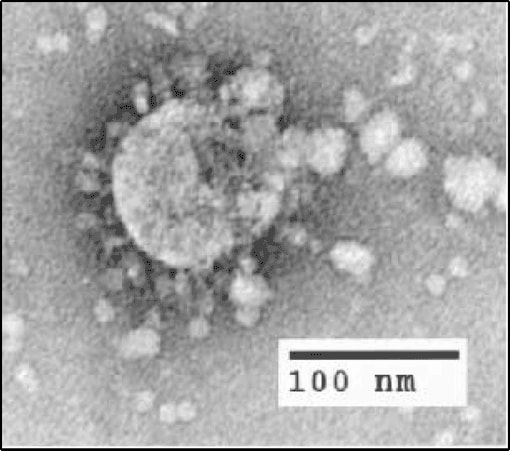
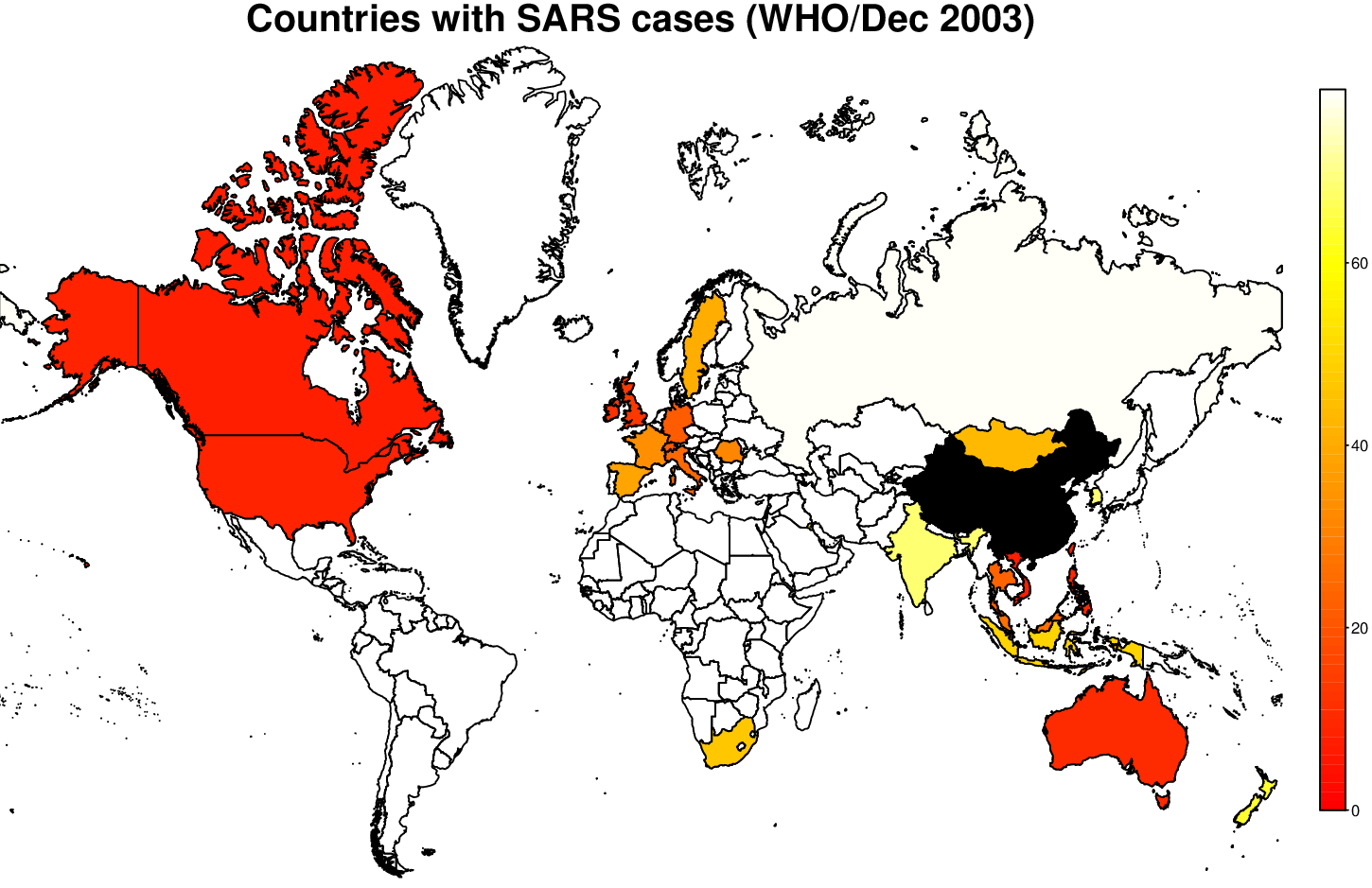
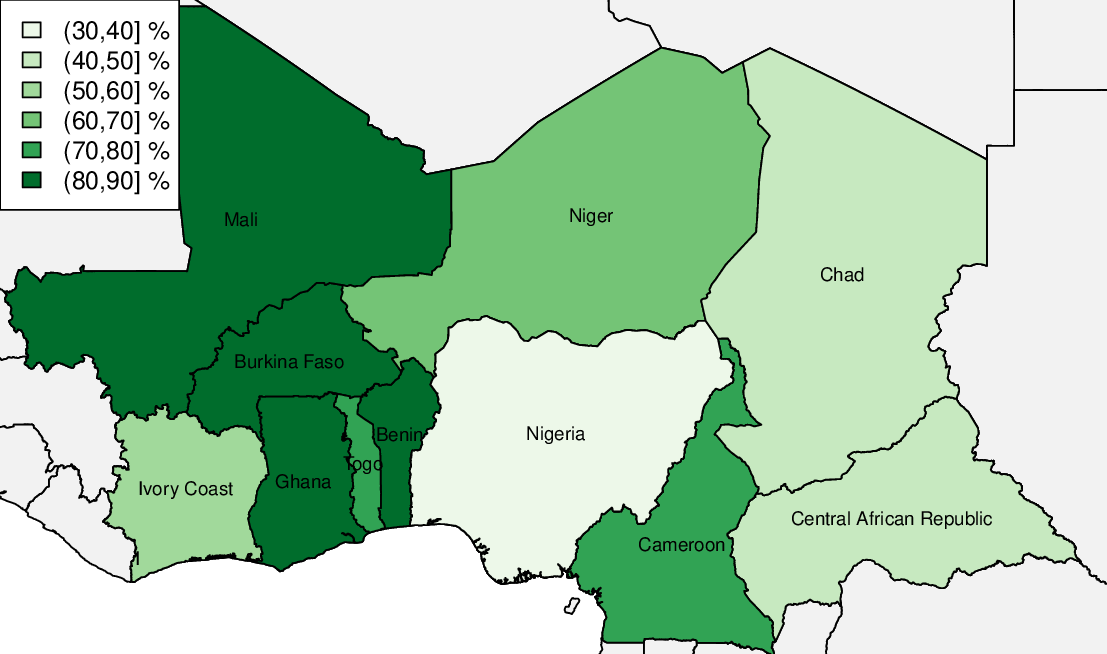
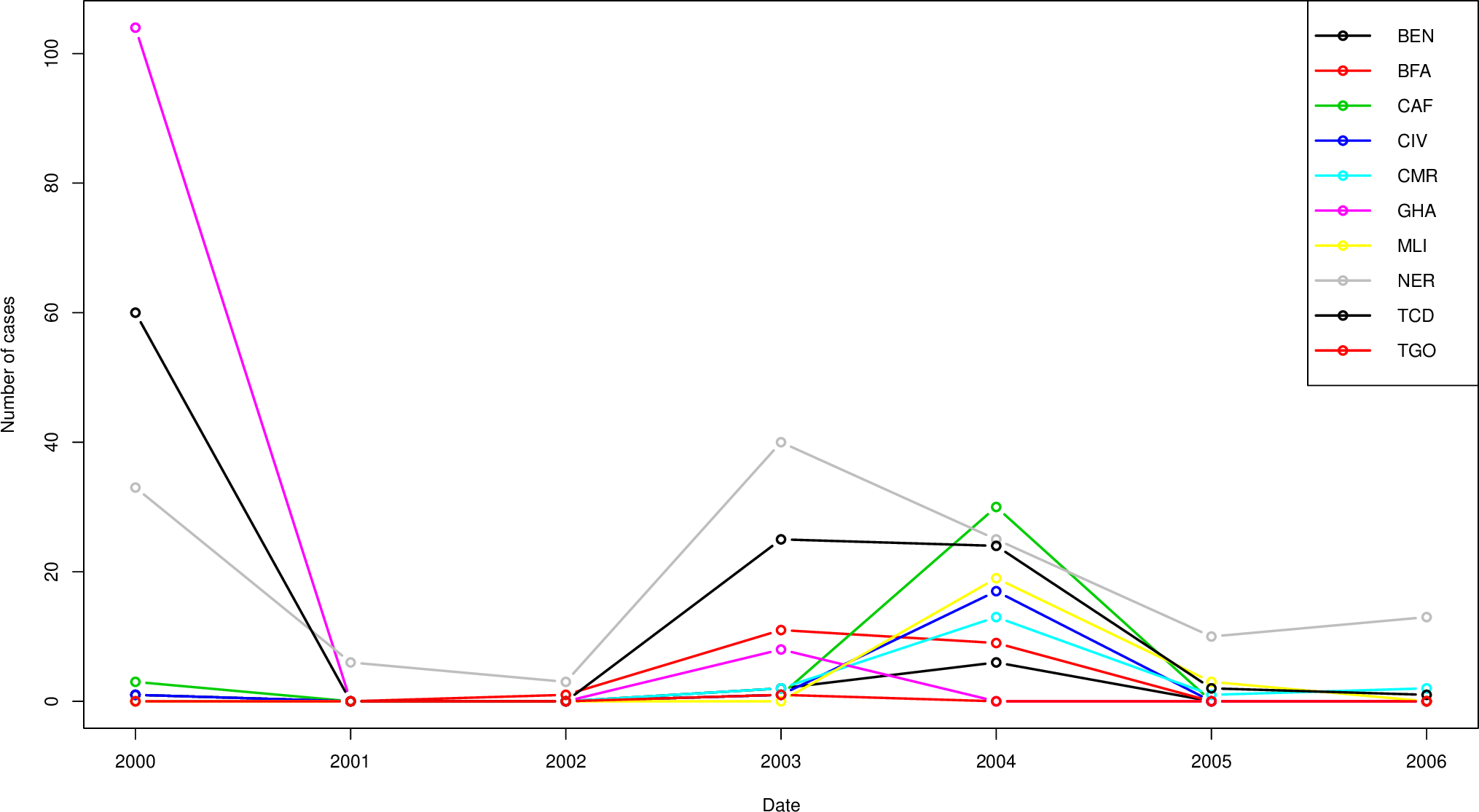
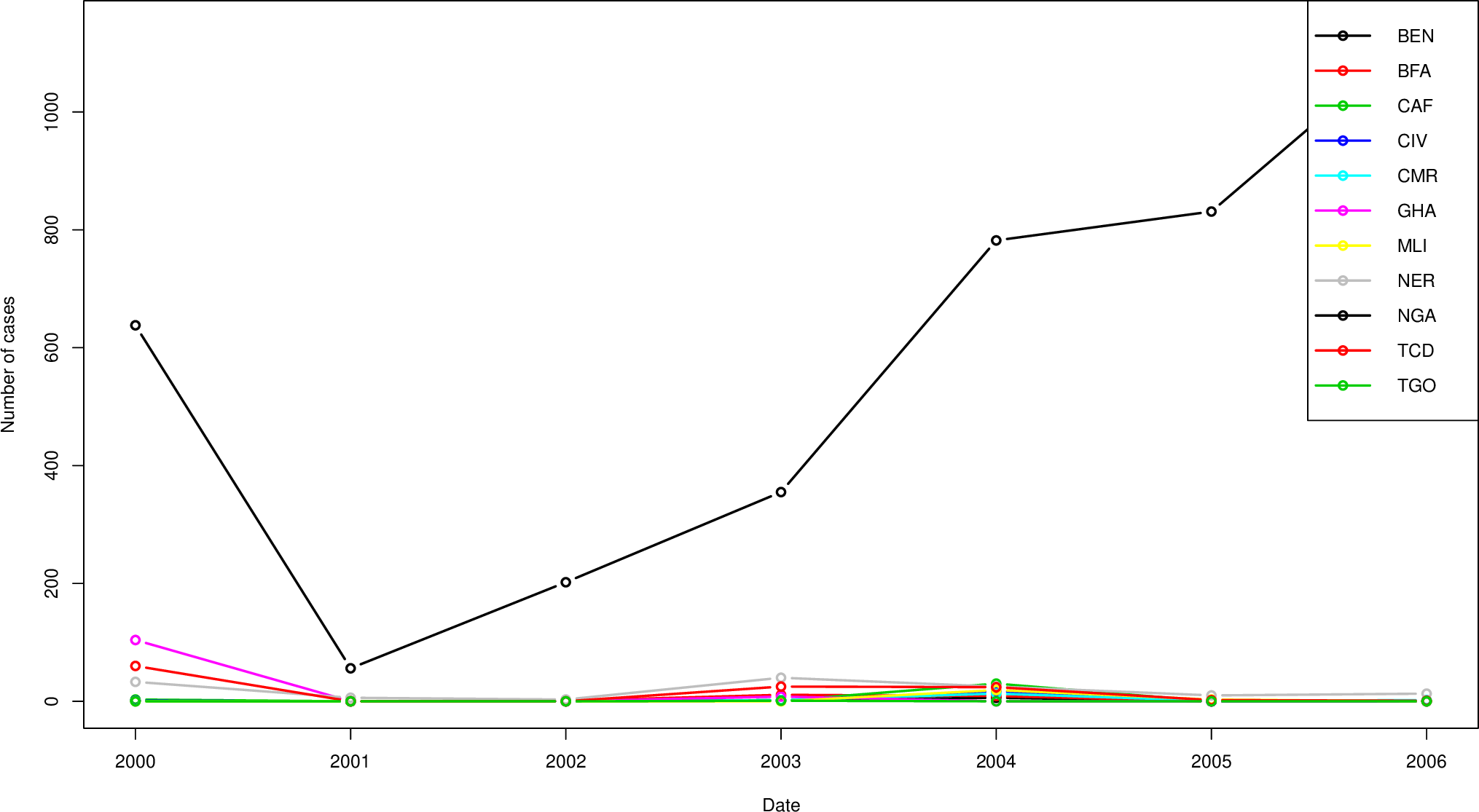

Waves of COVID-19
Amplification in Wuhan (Hubei province)
- Details of emergence and precise timeline before amplification started unknown
- Amplification in Wuhan
- Cluster of pneumonia cases mostly related to the Huanan Seafood Market
- 27 December 2019: first report to local government
- 31 December 2019: publication
- 8 January 2020: identification of SARS-CoV-2 as causative agent
- $\sim$ 23 January 2020: lockdown Wuhan and Hubei province + face mask mandates
By 29 January, virus was found in all provinces of mainland China
First detections outside China
| Date | Location | Note |
|---|---|---|
| 13 Jan. | Thailand | Arrived 8 Jan. |
| 16 Jan. | Japan | Arrived 6 Jan. |
| 20 Jan. | Republic of Korea | Airport detected on 19 Jan. |
| 20 Jan. | USA | Arrived Jan. 15 |
| 23 Jan. | Nepal | Arrived 13 Jan. |
| 23 Jan. | Singapore | Arrived 20 Jan. |
| 24 Jan. | France | Arrived 22 Jan. |
| 24 Jan. | Vietnam | Arrived 13 Jan. |
| 25 Jan. | Australia | Arrived 19 Jan. |
| 25 Jan. | Malaysia | Arrived 24 Jan. |
Caveat : evidence of earlier spread
- Report to Wuhan authorities on 27 December 2019
- First export detections in Thailand and Japan on 13 and 16 January 2020 (with actual importations on 8 and 6 January)
$\implies$ amplification must have been occurring for a while longer
- France: sample taken from 42-year-old male (last foreign travel to Algeria in August 2019) who presented to ICU on 27 December 2019
- Retrospective studies in United Kingdom and Italy also showed undetected COVID-19 cases in prepandemic period
